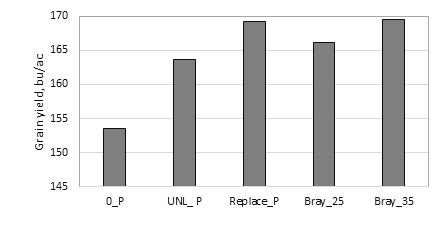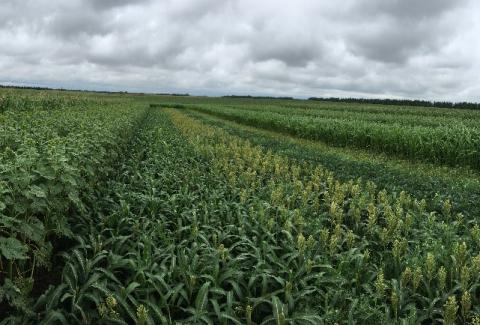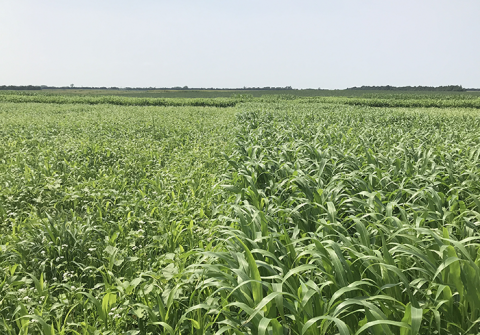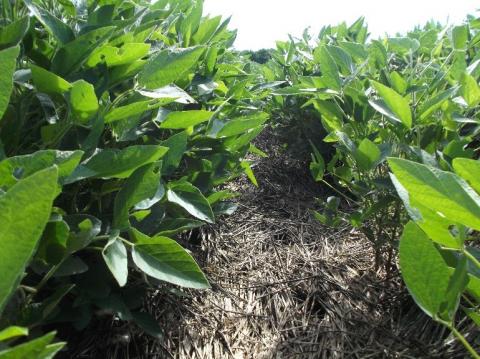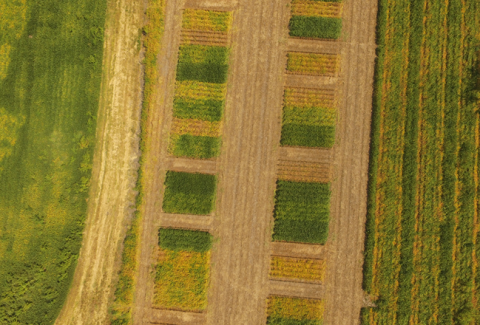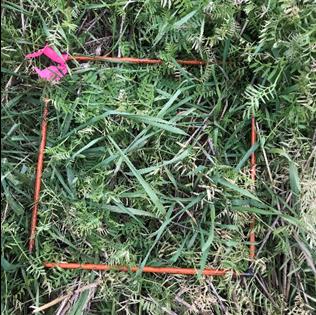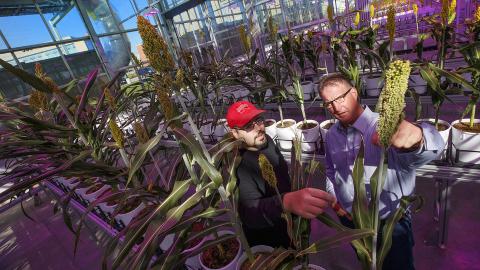Fertilizer P for Corn: Update of Research Findings and Revised Recommendations
January 9, 2019
Results of research conducted since 2000 to address fertilizer phosphorus (P) for corn will be reviewed. The current fertilizer P recommendations for corn will be discussed and revised recommendations presented at the 2019 Crop Production Clinics.
Double Cropping Field Peas with Cover Crops, Forages, and Short-Season Crops
January 9, 2019
Farmers throughout the Corn Belt may want to consider diversifying traditional corn and soybean rotations to increase agronomic sustainability and to spread financial risks associated with low market prices of corn and soybean. An alternative is a more diverse crop rotation using field pea (short-season grain crop) followed by cover crops, forages, or short-season crops (Figure 1).
Native Warm-Season Grass Management and Planting Decisions for Alternative Forages
January 9, 2019
One of the most important drivers of productivity and cost effectiveness of annual forages is planting date. Having realistic planting date expectations is one key to proper species selection.
How Much Cover Crop Growth Is Needed For Weed Control?
January 9, 2019
How well do cover crops control weeds and can they offset herbicide costs in corn-soybean cropping systems across the Corn Belt? That's the focus of a multi-state meta-analysis of 15 cover crop research projects.
Using Cover Crops as a Weed Management Tool for Managing Herbicide-Resistant Weeds
January 9, 2019
Cover crop research trials were conducted in 2017-2018 at the UNL Havelock Research Farm near Lincoln to discover the impact of soybean maturity group, planting date, termination date, and herbicide use on on management of winter- and summer-annual weeds.
Impact of Cover Crop Management on Rainfed Corn Production in Western Nebraska
January 9, 2019
Researchers report their findings from a one-year cover crop study at two sites in western Nebraska to study the impact of planting and termination dates and cover crop species selection. This article is part of the Crop Production Clinic Proceedings 2019.
Adoption of Yellow Field Pea: Replacing Summer Fallow with Field Pea and the Relationship between Planting Timing, Population, and Yield
January 9, 2018
How much will yellow field pea affect soil fertility and soil water content when replacing fallow in a wheat-corn-fallow rotation? This article from the 2019 Crop Production Clinic Proceedings.reports on 2018 research to address this question.
Researchers Aim to Reduce Nitrogen Fertilizer Use
November 28, 2018
Today’s agricultural researchers are turning to plant genomics to find solutions for growing crops more sustainably with fewer inputs, including nitrogen fertilizer, without sacrificing yield or profit.
